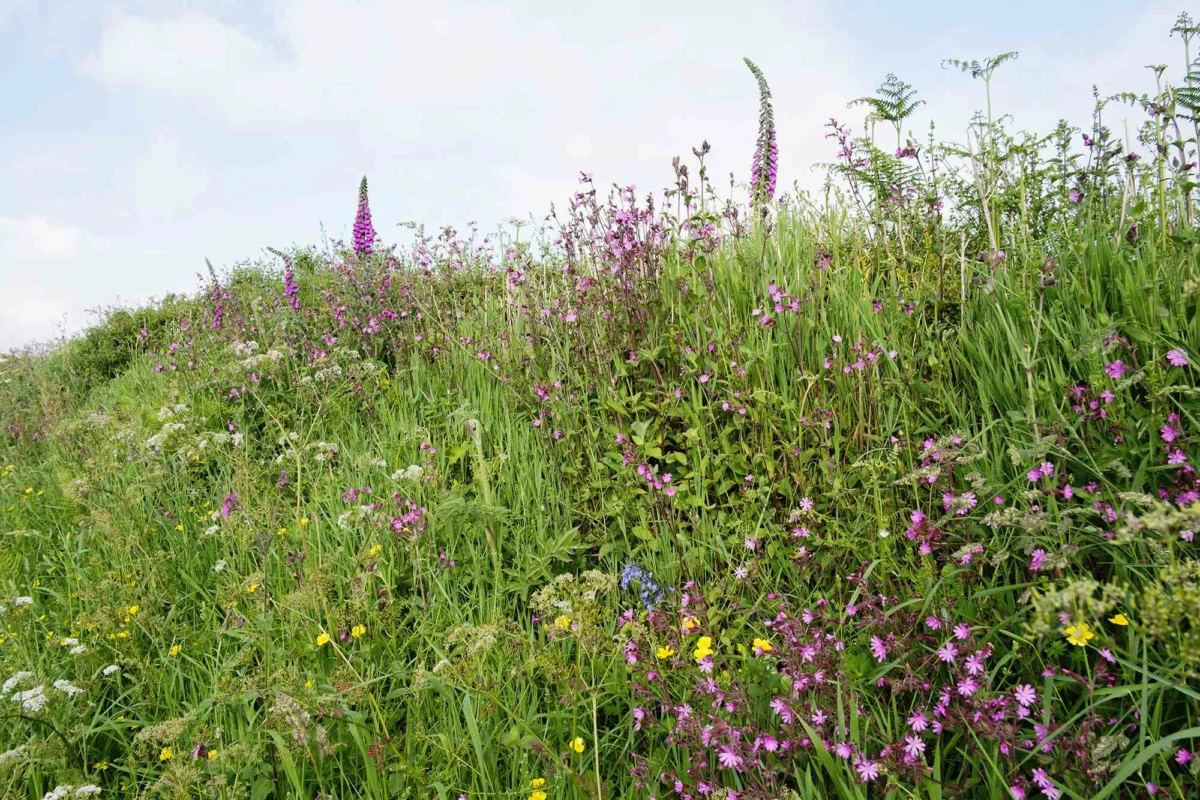- The Great Cornwall Guide
- Destinations
- Things to do
- Beach Guide
- Food & Drink
- Properties
- Journal
- Golden Lobster Reviews
- Destinations

Birds, bees, ladybirds and butterflies are beautiful, colourful and helpful. We all want them in our gardens, for they are fundamental to our biodiversity, and when we see them, we are enchanted. Other insects are important, too. Who hasn’t delighted in seeing a dragonfly dancing on the water?
Insects rely on plant life, hedging and seeds to survive. Like everywhere else, Cornwall’s hedges once teemed with insect life but hedge trimming and building, alongside new farming methods and pesticides had an adverse impact. Over times, bees and many butterflies were in obvious decline.
Now, people are aware of this, so Cornwall is proactively trying to encourage biodiversity. If you can see moths in the headlights, and plentiful butterflies as you walk the country lanes, then something is going right. Farmers now try to trim hedges later in the year after seeding, to protect bird and insect life. Efforts have been made to manage special areas of heath, woodlands and clifftops to benefit butterflies.
If you stand still by a Cornish hedge, you will see for yourself what lives there: hover flies, blow flies, lovely red damselflies, and bees, among many other species, so if you see campion, foxgloves, thistles and knapweed, you will undoubtedly encounter insect life, too.
Plant life in Cornwall varies depending on where you are. As beautiful flowers fade and shrivel, seeds are left behind for birds and insects to enjoy and to be dispersed. Plants like sunflowers, cornflowers, calendula, teasels, forget-me-nots and lovely meadow flowers release their seeds at the end of the season.
Cornwall is working hard to help its pollinating insects. In fact, the Eden Project offers us all advice on how to do just that. So, leave insects undisturbed to do their job when you are walking, and Cornwall will continue to enjoy beautiful plants and flowers for future generations.
Categories: Cornwall's Plants & Flowers